Discover A Day Trip of Sarnath from Varanasi: How to Reach | What see
Sarnath is one of the most significant and sacred pilgrimage sites in the Buddhist world, closely associated with the life and teachings of Lord Buddha. This is where Buddha delivered his first sermon around 528 BCE, marking the beginning of his journey of Dhamma. If you’re in Varanasi, you can’t miss a visit to the Sarnath Stupa.
Journey Through 2,500 Years of History at Sarnath India
Sarnath is one of the four most significant places associated with Gautama Buddha’s life:
- Lumbini (his birthplace) Sarnath from Varanasi
- Bodh Gaya (the site of his enlightenment)
- Sarnath (the location of his first sermon)
- Kushinagar (the place of his death)
Traveling to Sarnath from Varanasi, you’ll encounter a road filled with traffic and potholes for the first stretch, but once you change direction, the ride becomes smooth, and you truly feel the difference.
How to reach Sarnath from Varanasi
Varanasi to Sarnath distance is approximately 12 km by road, making it an ideal destination for a day trip. After breakfast one morning, I decided to explore Sarnath and hired an auto rickshaw (tuk-tuk) for a convenient round-trip. This mode of transport is popular and economical, costing around ₹500 for the entire journey, including about 3-4 hours of waiting time.
I started my journey around 10:30 AM. The roads were quite crowded, especially in Varanasi, with some areas in poor condition and dusty. However, as I approached Sarnath, the road conditions improved.
Walking Tour of Sarnath India
Once I arrived, all the major attractions in Sarnath were within walking distance. My auto rickshaw driver parked in the lot, and I began my walking tour. Sarnath from Varanasi
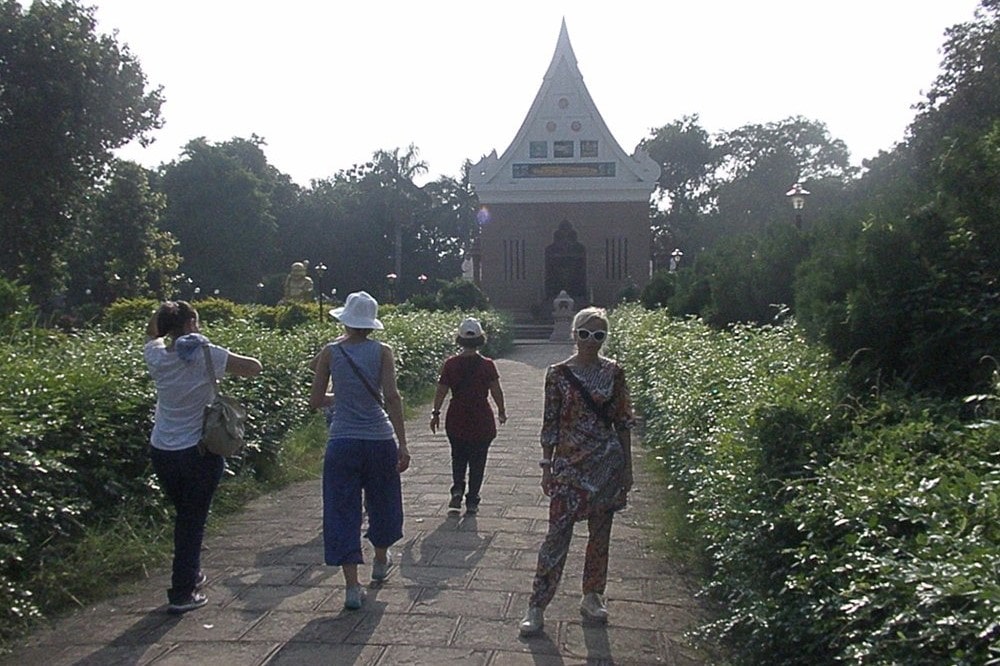
A Historic Experience
The history I had studied in books came alive. I stood in the very spot where Lord Buddha delivered his first sermon! The life-size statues of the five monks who became his disciples, alongside the statue of the preaching Buddha, beautifully complement the ancient ruins discovered in the 19th century.
Suggested Read: Varanasi Kashi Benares, are the same city in India ?
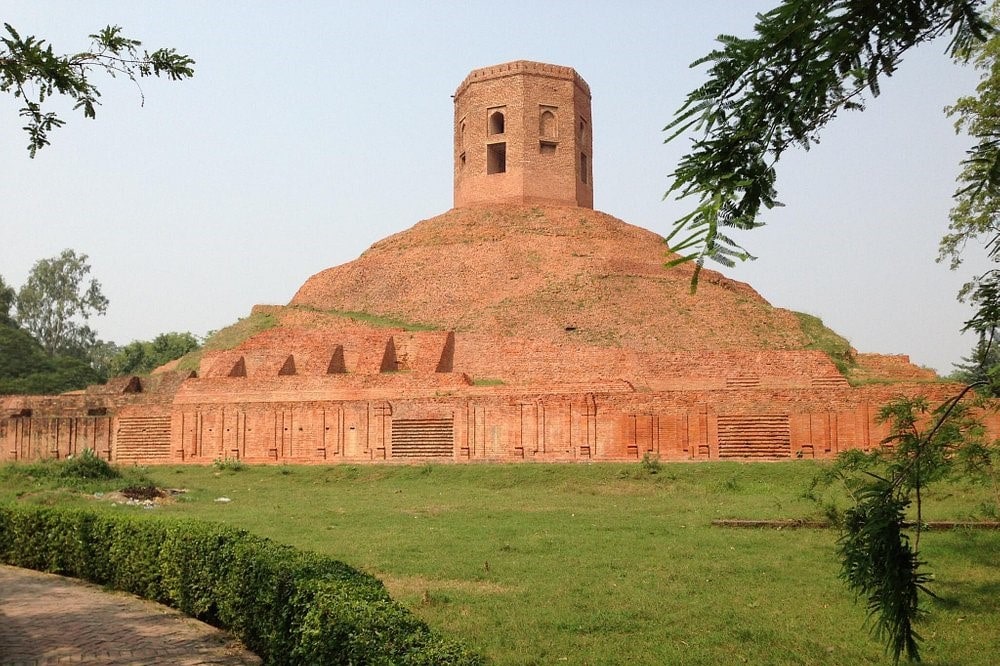
Chaukhandi Stupa
Finally, I visited the Chaukhandi Stupa, the first monument I spotted upon entering Sarnath. Built between the 4th and 6th centuries, this stupa marks the site where Buddha first met his disciples. It holds immense historical and religious significance, making it a fitting conclusion to my visit.
The Chaukhandi Stupa is the first monument visitors encounter. This impressive structure, built by Emperor Ashoka in the 3rd century BCE, features a lofty mound of brickwork topped with an octagonal tower. In the background stands the Dhamek Stupa, commemorating the site of Buddha’s first sermon.
Suggested Read: Is Varanasi Safe? Safety tips for students, women and solo female
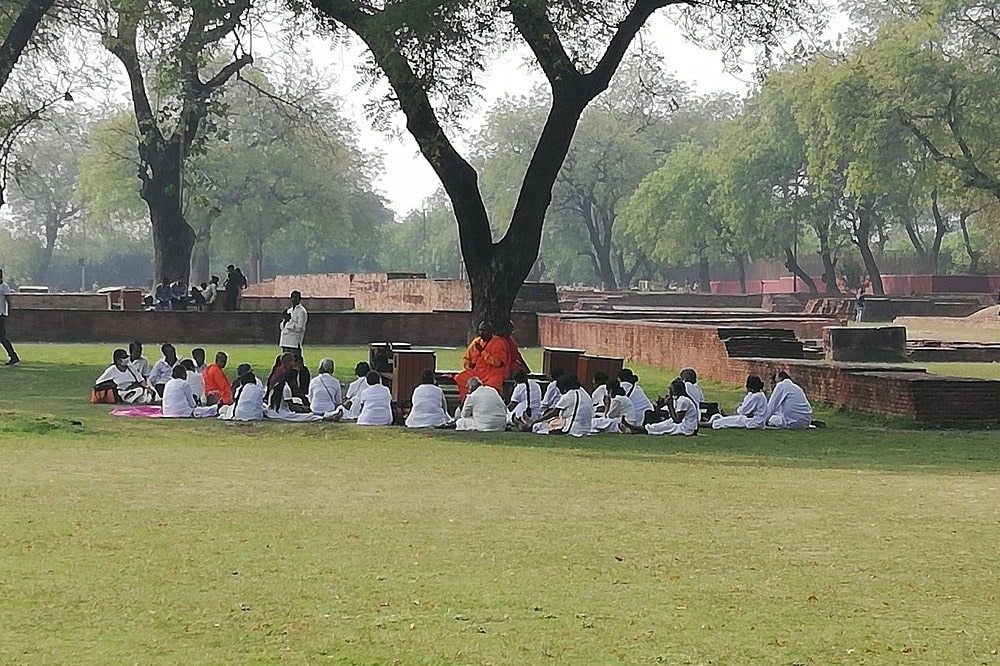
Teachings and Expansion
During this pivotal moment, Gautam Buddha taught the Four Noble Truths, leading to a rapid increase in his disciples, who grew to sixty within months. They were sent in various directions to share the teachings of Dharma. The Sangha reached its peak during the Gupta period, with 3,000 monks studying across thirty viharas.
The famous Chinese traveler Xuanzang, who visited in the 7th century, provided detailed accounts of Sarnath, noting how Buddhism flourished and spread throughout India and beyond without any military force, advocating peace and non-violence.
Decline and Rediscovery
However, by the end of the 12th century, ruthless invasions led to the sacking of Buddhist monasteries, and Sarnath was forgotten for 700 years. Thankfully, recent excavations have unearthed relics that are now housed in the nearby museum, allowing us to glimpse this once-great site.
Suggested Read: Cremation Ghats in Varanasi: Explore Burning Ghats & Rituals
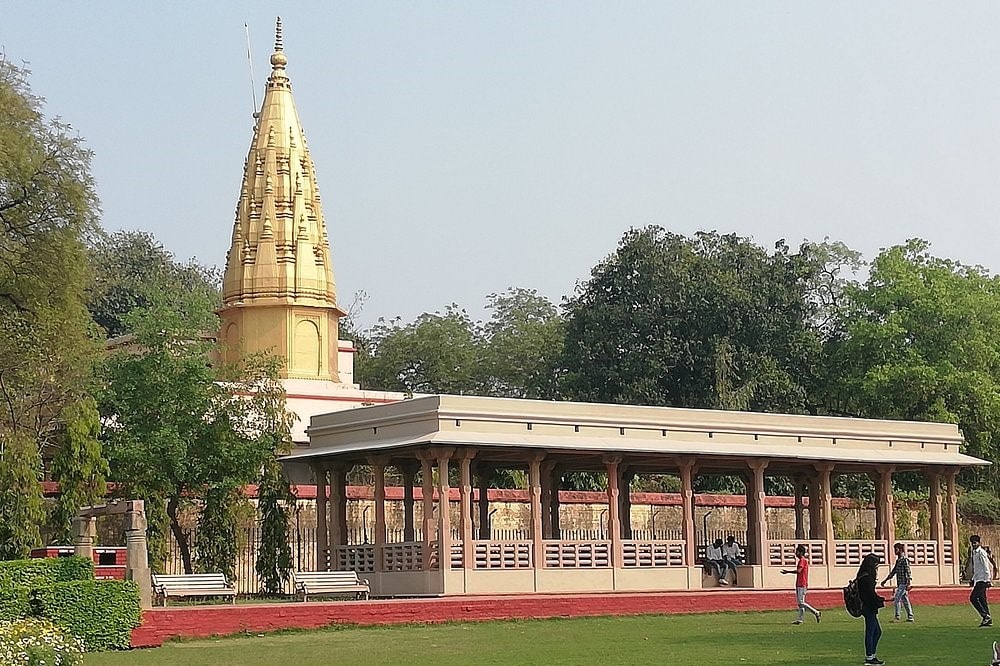
Sacred Significance
Sarnath holds sacred importance not only for Buddhists worldwide but also for Jains. Just a kilometer away is the birthplace of Shreyansanath, the 11th Tirthankara of Jainism. Additionally, there is a Hindu temple dedicated to Sarangnath (Lord Shiva). The name Sarnath derives from Sarang, meaning deer, as it was once a deer park where the Buddhist Sangha flourished.
Here, you can also find the iconic Ashoka Pillar, adorned with four lion heads, symbolizing India’s national emblem.
A Living History
Visiting Sarnath is truly a journey through 2,500 years of history! It’s remarkable to experience a place with such a long, living legacy, where spirituality and history intertwine. Don’t miss the opportunity to immerse yourself in this profound cultural heritage!
Suggested Read: Varanasi Kashi Vishwanath Temple: A Spiritual Landmark
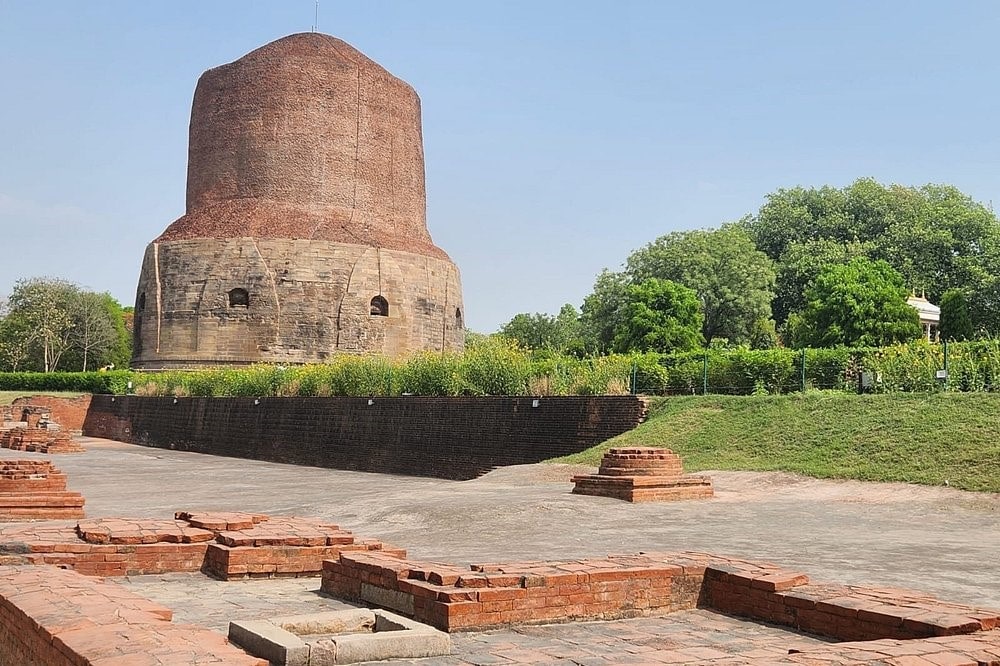
Archeological Park: The Site of the First Sermon
My first stop was the Buddha Temple located at the site where Buddha gave his first teachings in the Deer Park. A statue of Buddha and his five disciples stands under a sacred tree, marking this historic event.
Next to this site is a large temple with stunning architecture. The outer structure is impressive, while the inner walls are adorned with paintings depicting Buddha’s life and teachings. A golden statue of Buddha graces the main hall, creating a serene atmosphere.
Another temple in the complex features twin golden statues of Buddha, adding to the spiritual ambiance of the area.
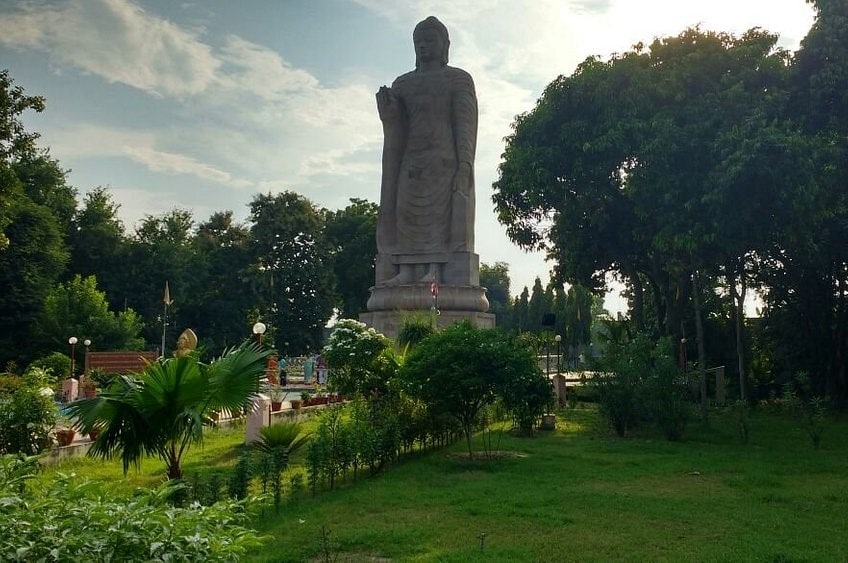
Sarnath: Dhamek Stupa
After exploring the temple, I headed towards the Sarnath Stupa, which is under the management of the Archaeological Survey of India (ASI). I purchased a ticket from the ASI counter to enter the stupa complex.
The Sarnath Stupa is a historically significant monument, originally built in 500 CE to replace an earlier structure commissioned by King Ashoka in 249 BCE. Surrounding the stupa are several ruins commemorating Buddha’s activities.
Notable among these is the Ashoka Chakra pillar, which is protected within a glass enclosure, while the top part is housed in the museum across the road. The Ashoka Chakra is a vital symbol, serving as the national emblem of India.
In the garden area near the stupa, a large white statue of Buddha sits atop a platform, surrounded by beautifully decorated grounds with marigold flowers and rose petals. This vibrant decor was in preparation for Karthik Purnima, a highly auspicious occasion for Buddhists, attracting visitors from around the globe.
Japanese Temple
After visiting the stupa, I strolled a short distance to the Japanese Temple, which features two entry gates and well-maintained gardens. The tall standing Buddha statue in the park is visible from afar and is one of the tallest in the area. The entire compound is beautifully decorated for festivals, enhancing its appeal.
Suggested Read: Varanasi Sarnath: Museum Timing, Ticket, Stupa Location
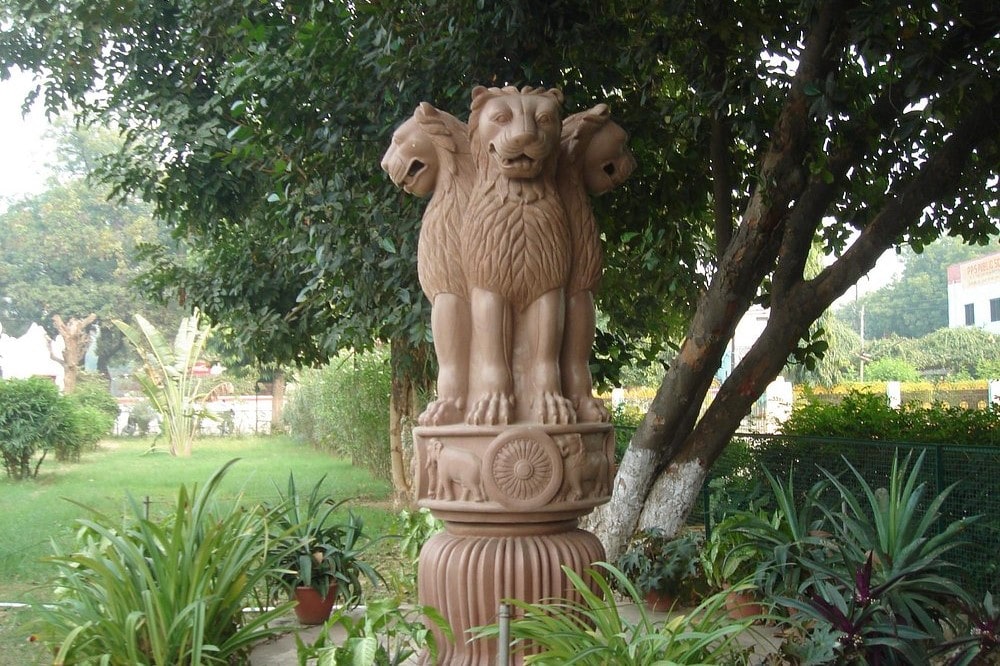
Sarnath Museum
Next, I visited the Sarnath Museum, which houses an impressive collection of artifacts, although cameras and mobile phones are not allowed inside for security reasons.
Lockers are available at the entrance to store bags. The museum showcases many important antiquities, including the Ashoka Chakra, located near the main entrance. The museum features five galleries and two verandahs, displaying items ranging from the 3rd century BCE to the 12th century CE.
Shopping and Food
There are numerous souvenir shops along the road, where bargaining is essential to secure good deals. As for food, options are limited, but you can find vegetarian dishes that are not too spicy. Popular restaurants include Vaishali, Green Hut, and Rangoli.
Tips for Visiting Sarnath Stupa
- Transportation: The nearest railway station and airport are in Varanasi. Sarnath is just 13 km away, easily visitable in a day. Auto rickshaws are the most economical option, while taxis are also available.
- Comfortable Walking: All monuments in Sarnath are within walking distance, so wear comfortable shoes.
- Dress Respectfully: As Sarnath is a sacred site, dress modestly to show respect for its spiritual significance.
- Circumambulation: When visiting sacred places and stupas, it’s customary to walk in a clockwise direction.
Visiting Sarnath offers a profound experience that connects you to the heart of Buddhist teachings and history. Don’t miss this opportunity when you’re in Varanasi!
Sarnath from Varanasi Sarnath from Varanasi Sarnath from Varanasi Sarnath from Varanasi Sarnath from Varanasi Sarnath from Varanasi Sarnath from Varanasi Sarnath from Varanasi Sarnath from Varanasi Sarnath from Varanasi
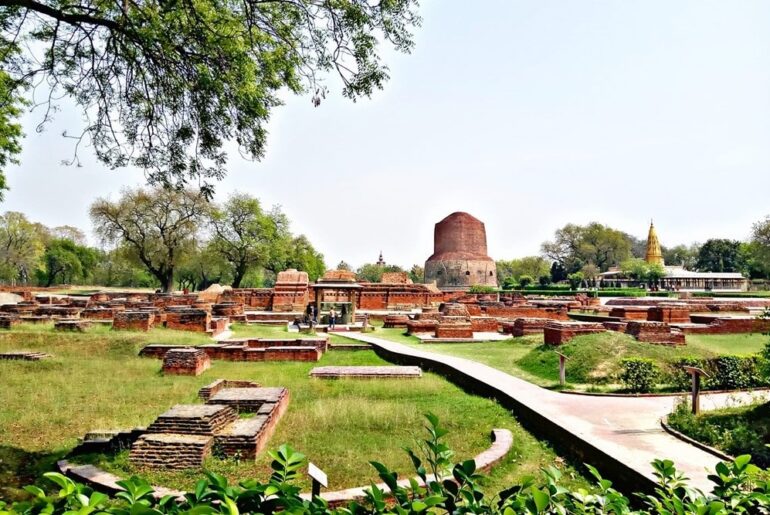
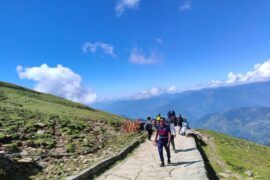
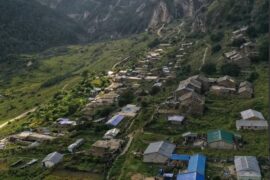
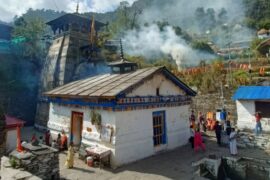
Comments are closed.